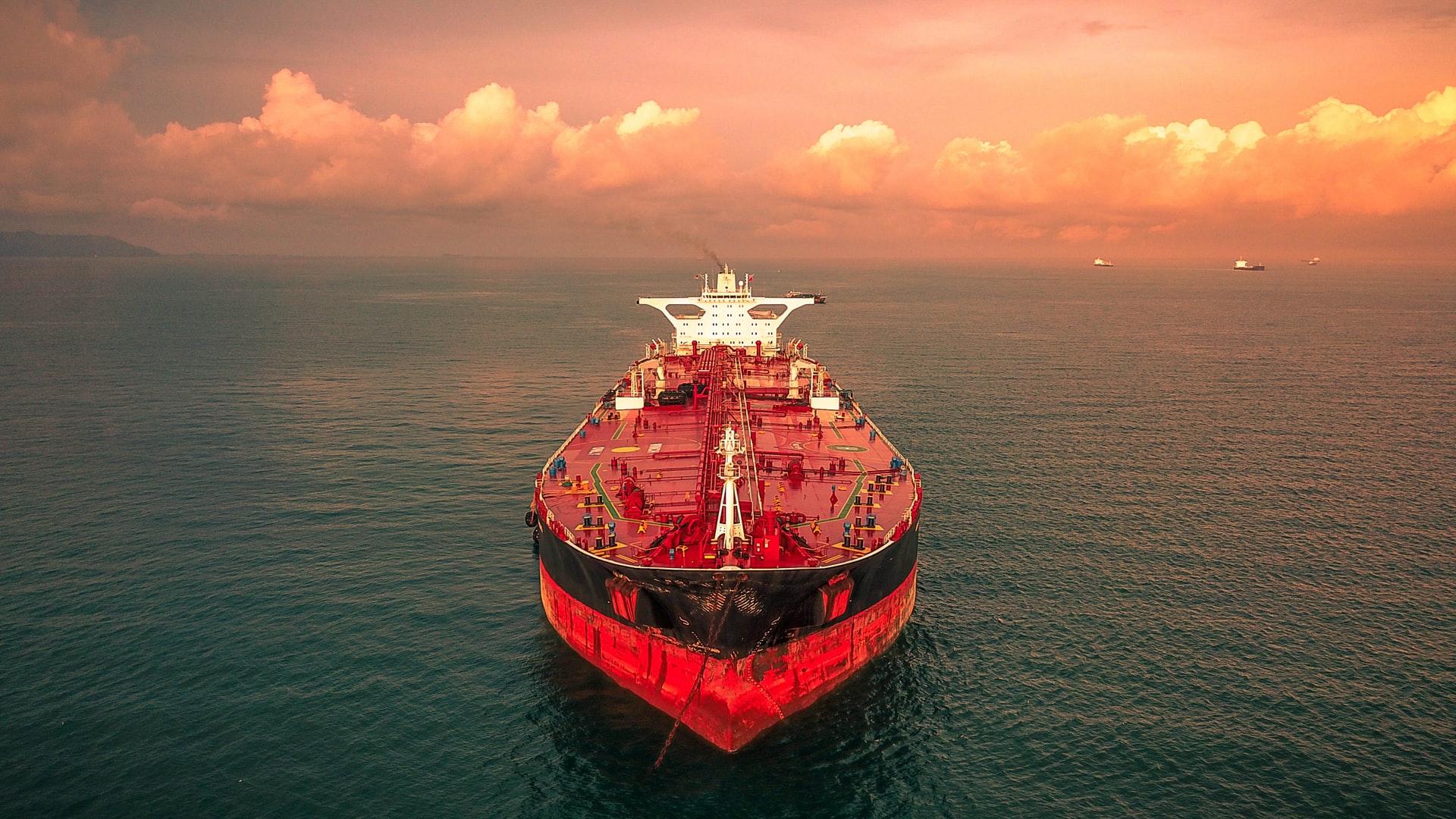

Liquefaction is the cheapest way to ship hydrogen, Wood Mackenzie says
One of the biggest advantages of green hydrogen over fossil fuels is that it can be produced anywhere with renewable energy and an electrolyser. However, some regions have superior solar and wind resources, meaning they can produce more of the clean fuel and at a lower cost.
That means a considerable trade in clean hydrogen is likely to develop in the coming years. The International Renewable Energy Agency (IRENA) estimates more than 30% of hydrogen could be traded across borders by 2050, a higher share than natural gas today.
While some of that will be via pipelines, a lot of it will be seaborne. Exporting nations are likely to include Chile, Brazil, Morocco and Namibia, all currently net energy importers.
However, the technologies to enable that trade are still being developed with a number of options jostling for position, including liquefied hydrogen, methanol, compressed hydrogen and liquid organic hydrogen carriers (LOHCs).
According to recent analysis by energy consultancy Wood Mackenzie, liquid hydrogen is the cheapest way to ship the fuel. Due to a lack of announced projects using LOHC technology, Wood Mackenzie only looked at liquid hydrogen, ammonia and methanol.

Exporting nations are likely to include Chile, Brazil, Morocco and Namibia (pictured), all currently net energy importers.
As well as being the cheapest shipping method, liquid hydrogen also produces the purest fuel once it is reconverted to gas, which is needed for fuel cells and some other applications, Wood Mackenzie Senior Research Analyst Flor de la Cruz said at the company’s hydrogen conference. However, the cost of the vessels is more than three times higher than ammonia. A high boil-off rate means more losses during transport than some other technologies.
The most common existing technology for shipping hydrogen today is conversion to ammonia, which Wood Mackenzie identifies as the second-cheapest option. Advantages include existing infrastructure and relatively low capex costs compared with liquid hydrogen. However, reconversion costs are high and there are challenges to overcome before it can produce hydrogen pure enough for proton-exchange-membrane (PEM) fuel cells.
Methanol also benefits from existing infrastructure and shipping costs are similar to those of ammonia, but reconversion requires carbon capture and storage, pushing up overall costs.
LOHC involves the use of organic compounds that can absorb and release hydrogen. In 2020, Japan built up the world’s first international hydrogen supply chain between Brunei and Kawasaki City utilizing toluene-based LOHC technology. Hyundai Motor has invested in the development of stationary and on-board LOHC-systems. Dutch firm Vopak and technology company Hydrogenious are considering using LOHCs to transport hydrogen from Germany to Rotterdam.
While liquid hydrogen may be the frontrunner in terms of shipping technology, there remains much development to be done. There is only one liquefied hydrogen carrier in the world at present – the Suiso Frontier – and it has only completed one round trip between Japan and Australia.
To learn more about HYCAP click here.